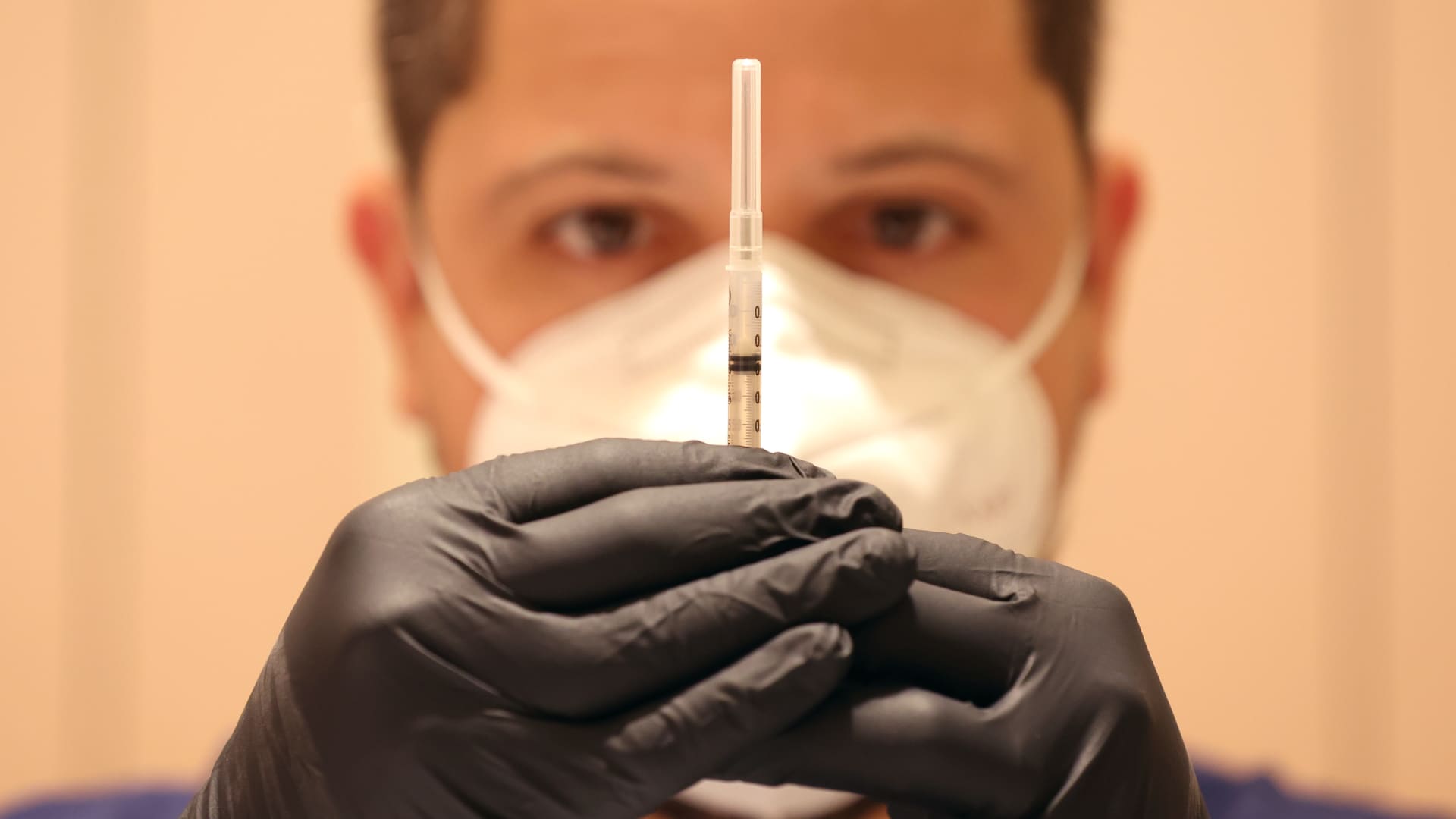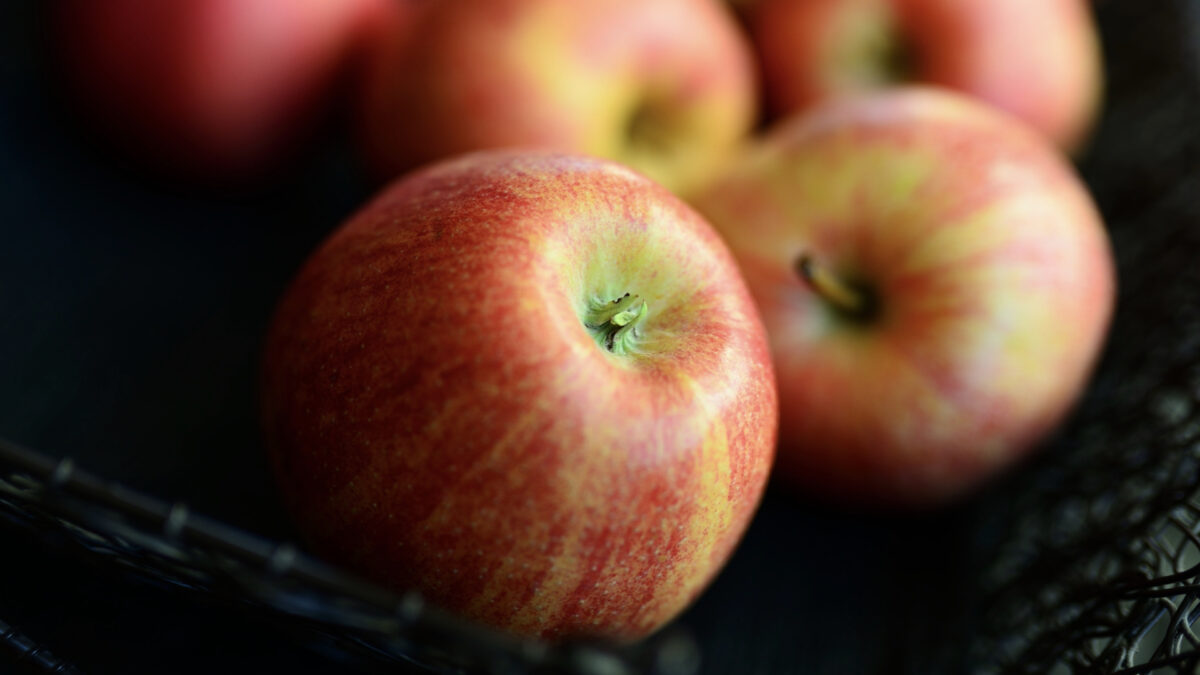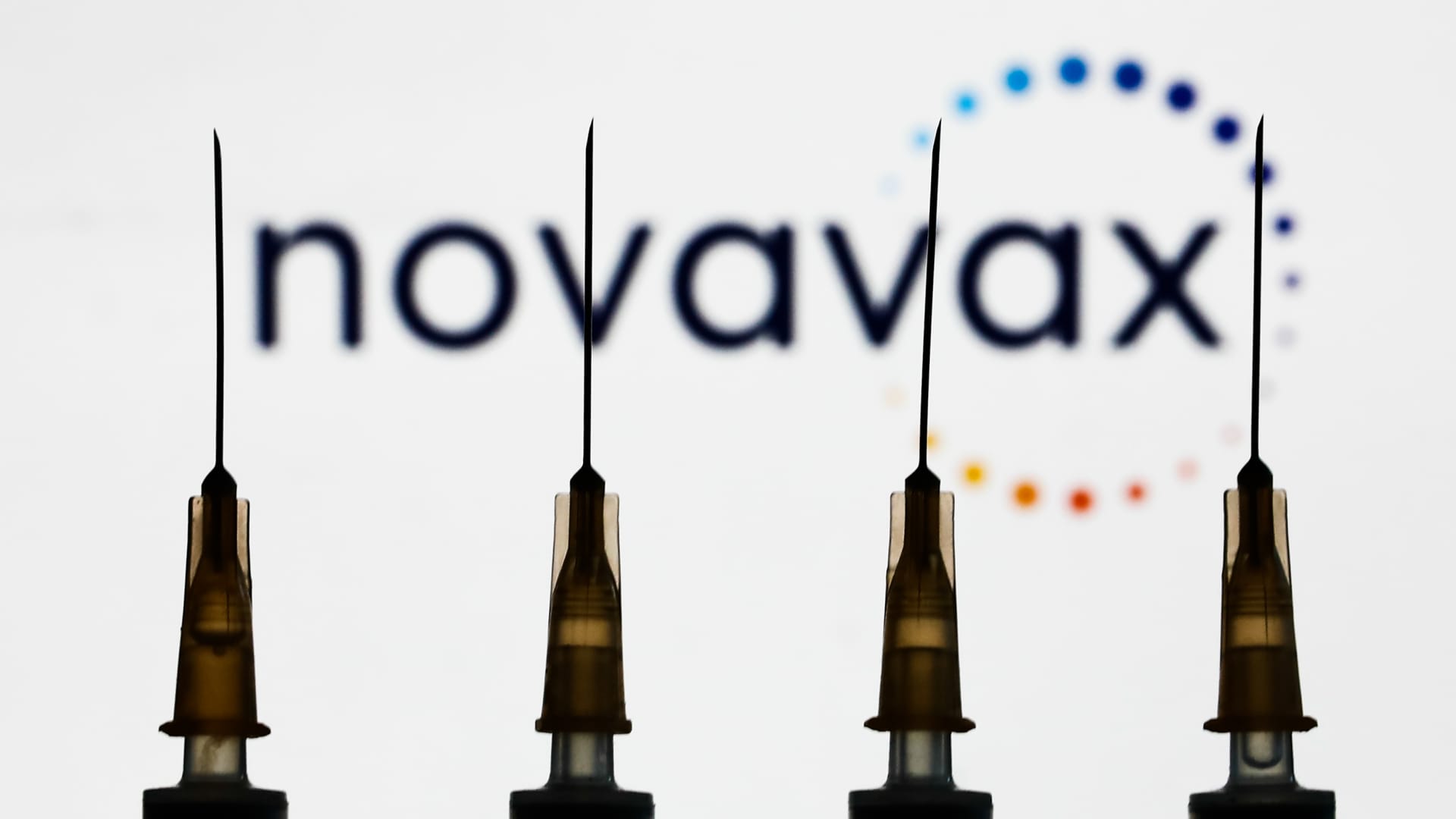Benefits of a Half Teaspoon of Brewer’s Yeast Daily
A half-teaspoon a day of brewer’s yeast is put to the test in a randomized, double-blind, controlled clinical trial. In 1854, a case report was […]
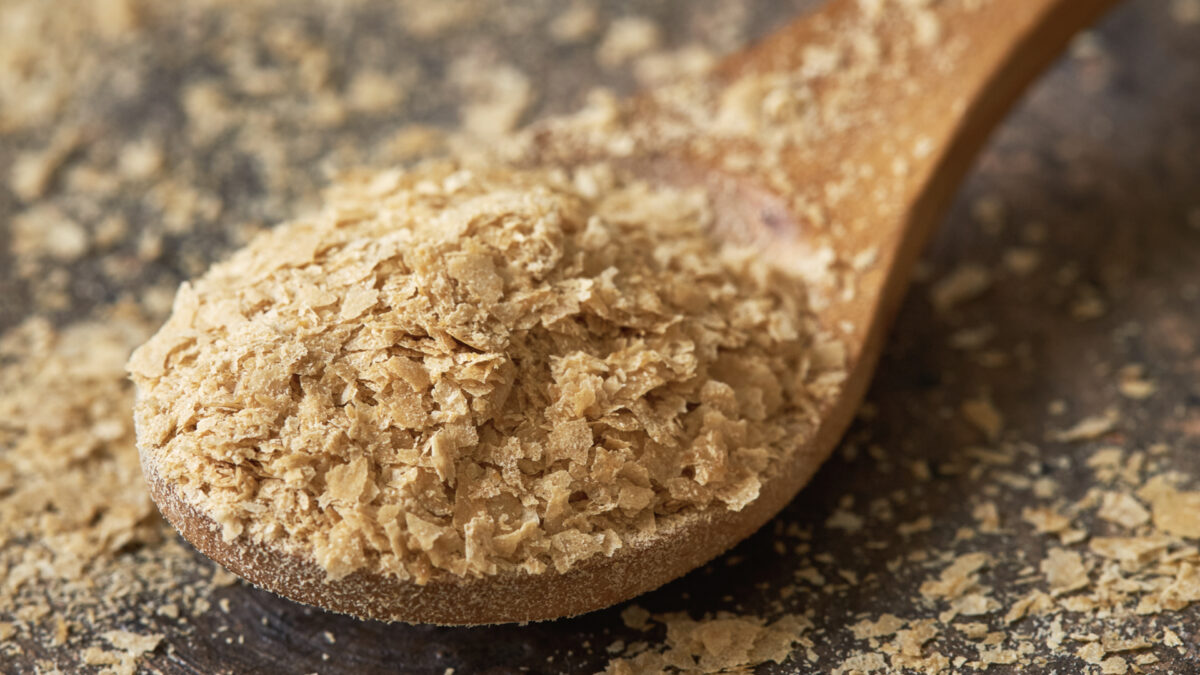
A half-teaspoon a day of brewer’s yeast is put to the test in a randomized, double-blind, controlled clinical trial.
In 1854, a case report was published in the precursor of the British Medical Journal suggesting two to three tablespoons of brewer’s yeast every day could cure diabetes within six weeks. It took another hundred and fifty years before it was finally put to the test in a randomized, double-blind, controlled clinical trial. Researchers investigated the effect of about a daily half teaspoon of brewer’s yeast for three months. What happened? A significant drop in fasting blood sugars and hemoglobin A1c, as well as an improvement in insulin sensitivity, as you can see below and at 0:33 in my video Flashback Friday: Benefits of Brewer’s Yeast for Diabetes. What do these numbers mean?

Hemoglobin A1c is a measure of how high your blood sugars have been over time. A measured value under 6 percent means you’ve had normal blood sugars, between 6 and 6.5 percent means you have pre-diabetes, and anything higher than 6.5 percent means you are diabetic. You can have well-controlled diabetes or way out-of-control diabetes, but a hemoglobin A1c above 6.5 percent is considered diabetic.
In the study, the placebo group started out around 9 and stayed around 9, but the brewer’s yeast group dropped from 9 to 8. So, the placebo group was stuck up around 9 percent, but the yeast group dropped down to 8 percent. The yeast group wasn’t cured, but in three months’ time, they were able to achieve significantly better diabetic control by eating just a half teaspoon of brewer’s yeast each day, which would cost about four cents a day!
What about a half teaspoon for just seven weeks? As you can see below and at 1:52 in my video, subjects were once again given a half teaspoon of brewer’s yeast a day. They started out with an A1c level of 8. The placebo appeared to help a bit, but the yeast helped even more, with A1c levels dropping from 8 down to an almost nondiabetic 6.6. That’s amazing! How could it be? The drug industry has been trying for decades to discover the so-called glucose tolerance factor in yeast, but no shareholder is going to be happy with a therapy you can buy for only four cents a day.
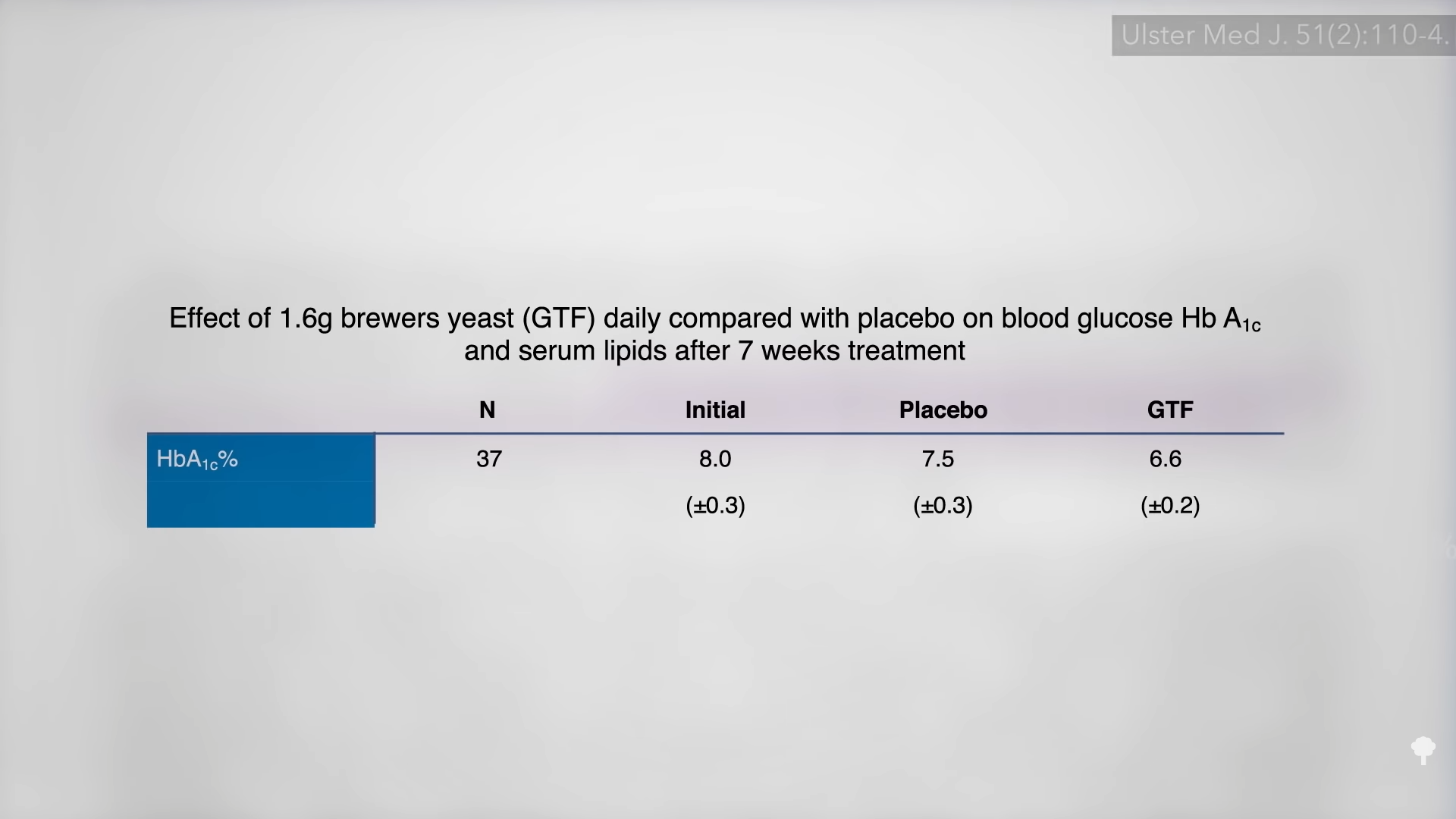
We know that whatever it is in yeast that’s causing the drop contains the trace mineral chromium. Can you just give chromium supplements on their own? No, giving straight chromium does not appear to be particularly effective. Might the special fiber in yeast, the beta-glucans, play a role?
Supplementation with the amount of beta-glucan found in 2 to 3 daily teaspoons of brewer’s yeast did result in a slimmer waist and a drop in blood pressure within six weeks, as you can see below and at 2:47 in my video. The study participants trimmed about an inch off their waist, despite making no significant changes to their caloric intake. Blood pressures were significantly reduced as well, an effect also seen with whole brewer’s yeast. Just a half teaspoon of brewer’s yeast a day led to a significant drop in high blood pressure, which, incidentally, is a key contributor to the cardiovascular and kidney complications of diabetes.
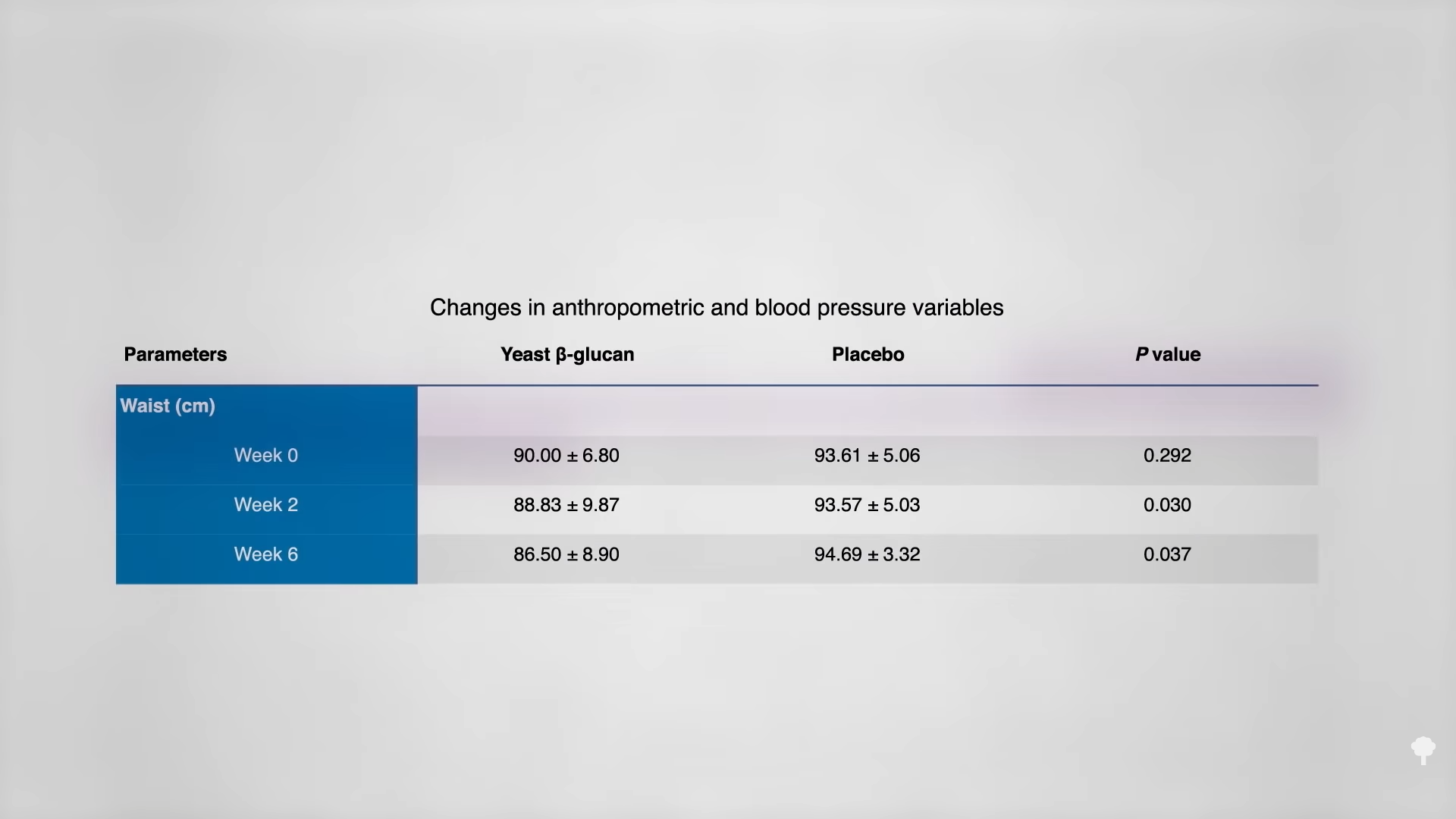

 JaneWalter
JaneWalter 









